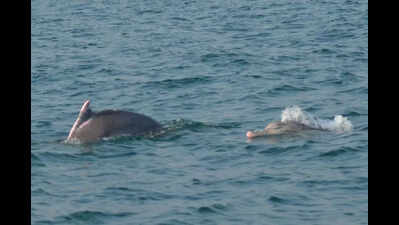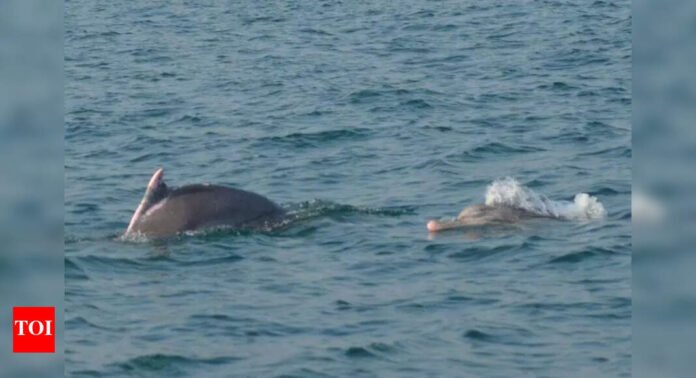Explore Vikramshila Gangetic Dolphin Sanctuary: A Safe Haven for Endangered Dolphins

Welcome to the Sanctuary
Nestled in Bihar, a unique 60km stretch of the Ganga River flows past sandbars and ancient settlements. This is the Vikramshila Gangetic Dolphin Sanctuary (VGDS), India’s sole protected area for the endangered Ganges river dolphin, often called the “blind swimmers” of the subcontinent.
A Biodiversity Hotspot
Established in 1991 and named after the historic Vikramshila University, the sanctuary stretches from Sultanganj to Kahalgaon. It’s a vibrant mix of river life, providing a safe haven for:
- Iconic susu dolphins
- Elusive otters
- Critically endangered gharials
- Soft-shelled turtles
- Over 135 species of waterfowl
The sanctuary offers a glimpse into the rich biodiversity that India’s rivers once held and could still support.
Signs of Hope
At Jhanwi Ghat, west of Bhagalpur, you can spot over 250 dolphins and their calves. This is a clear sign of the clean and healthy water in the sanctuary.
“The efforts of both the authorities and environmentally conscious citizens have played a major role. They have created conditions suitable for wildlife to flourish here,” says Arvind Mishra, a member of the Bombay Natural History Society (BNHS) and a representative of the IUCN Species Survival Commission.
Unique Features
What makes VGDS special is its ever-changing nature. During the monsoon, the Ganga’s channels and floodplains reshape the land and water, constantly redrawing the map of the sanctuary. A particularly rich 36km stretch from Sultanpur to Bhagalpur becomes a breeding paradise for birds. Sandbars emerge as seasonal nurseries for nesting species.
“The sanctuary is also recognized as an ‘important bird area’ by the BNHS. It supports many endangered and migratory species like the Indian skimmer, Pallas’s fish eagle, Greater spotted eagle, and Lesser kestrel. Greater and Lesser adjutants have also been reported here,” says Mishra. “The ecosystem also supports a sizable population of gharials, various freshwater turtles, and numerous fish species.”
Challenges and Threats
However, there are concerns beneath this shimmering surface. Pollution from fertilisers and pesticides in agricultural runoff, along with industrial and domestic waste, threaten the sanctuary’s balance.
“Construction of hydroelectric dams, bridges, and irrigation reservoirs disrupt aquatic movement. Accidental killings in gill nets and poaching remain persistent threats,” says Sunil Chaudhary, a Bhagalpur-based expert on Ganges dolphins.
Hope for the Future
Despite these challenges, there is optimism. Conservationists believe the tide may be turning. Government initiatives, community engagement, and scientific studies have started to show results.



